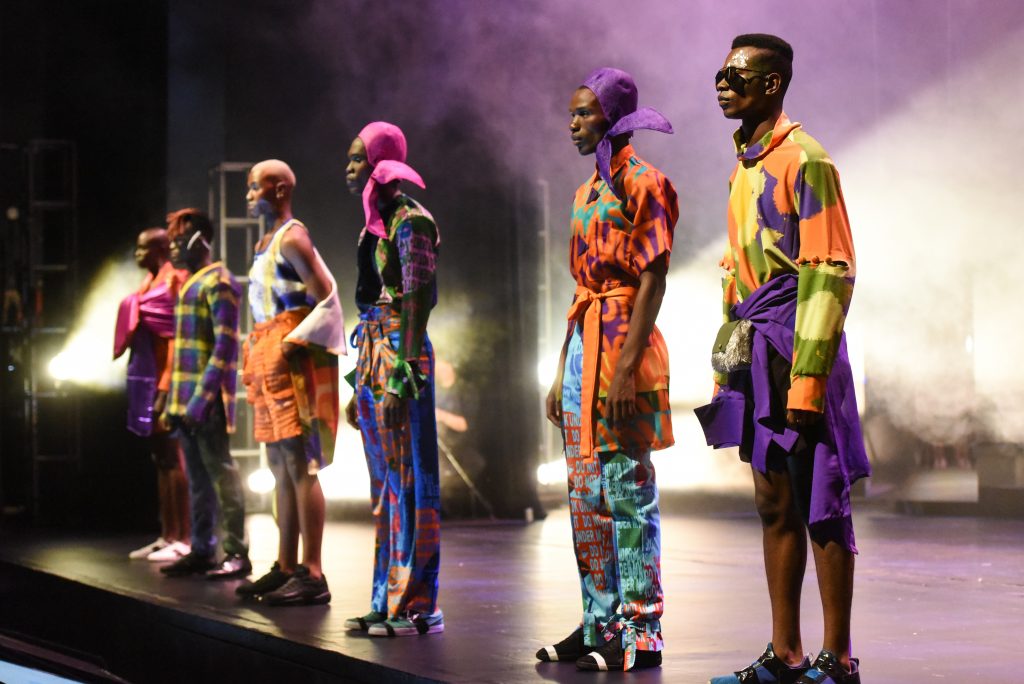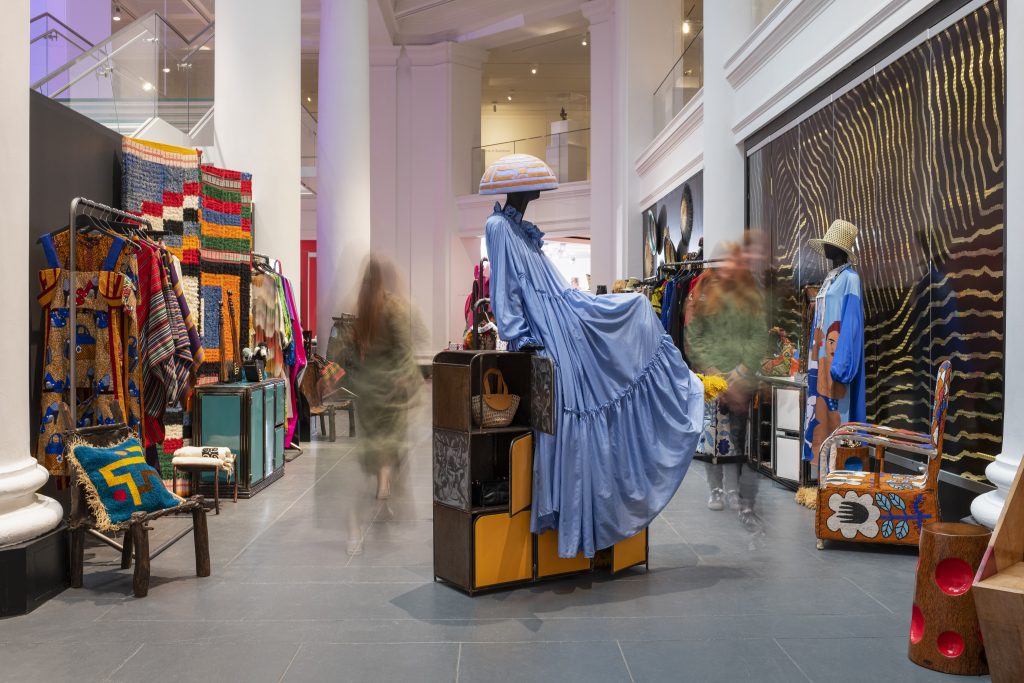High Fashion Low Countries
Emerging designers from The Netherlands and Belgium showcase their best efforts in contemporary design

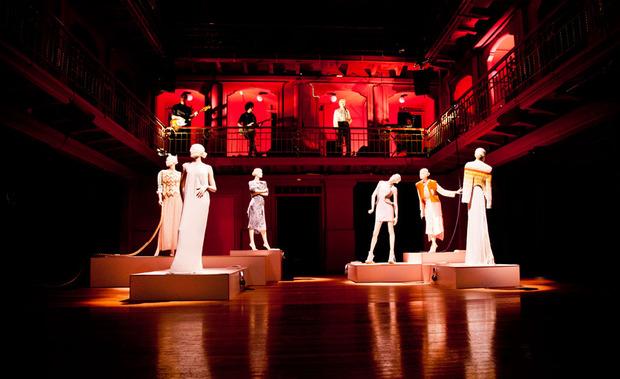
Over the last year or so a number of smaller nation players in the global fashion game have gotten a creative boost from new cultural institutions funded by their respective government organizations. In the Netherlands, a new venture called High Fashion Low Countries has been initiated by the Dutch Embassey in Brussels.

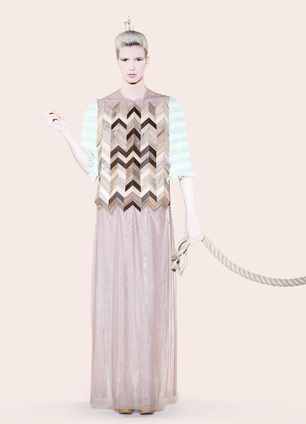
The show examines innovation in fashion and the popular contemporary idea of “slow fashion.” High Fashion Low Countries sees three emerging designers from the Netherlands and three from Belgium embark on a capsule collection that combines sustainability and craftsmanship with innovative, alluringly progressive design work.
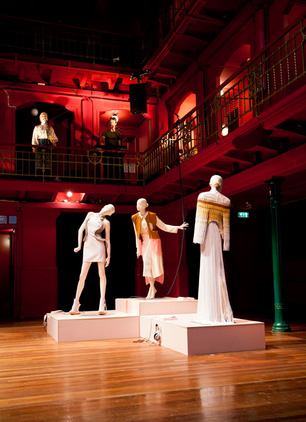
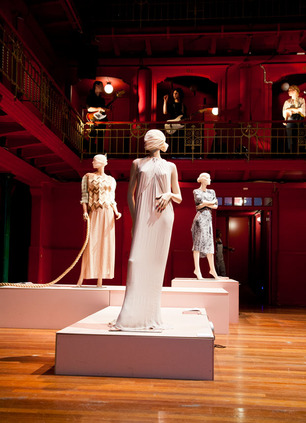
Going further than a just a one-off runway show, the project culminates with a number of different events including an exhibition, seminars, workshops and an open call student competition to create a piece of truly innovative fashion. “The project is about the development of new ideas within fashion design and the importance of innovation,” reads a statement from the show’s organizers. The purpose, first and foremost, serves to support and celebrate the likeminded thinking in these two low-lying European countries, both of which have turned out a solid roster of respected designers in recent seasons.
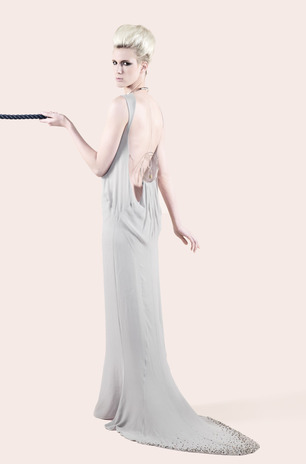
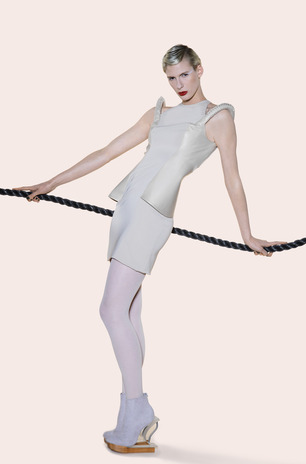
The project sees work from designers Lena Lumelsky, Pauline Van Dongen, Katrien Van Hecka, Jantine Van Peski, Celine De Schepper and Natalie De Koning, all of whom will travel to the newly opened Centre for Fashion and Design in Brussels (MAD Brussels) from 12-26 October for the final stage. The first six pieces from the designers were recently revealed as part of Amsterdam Fashion Week‘s Downtown program.
As the HFLC sneak peek film shows, the range of techniques and production methods ties together advanced, fashion-forward thinking and manufacture with traditional artisanal craft to create results of exceptionally high quality. The entire concept goes well beyond conventional initiatives in which “the state'” has previously been involved, and marks a turning point in how fashion is fostered by its native countries.

